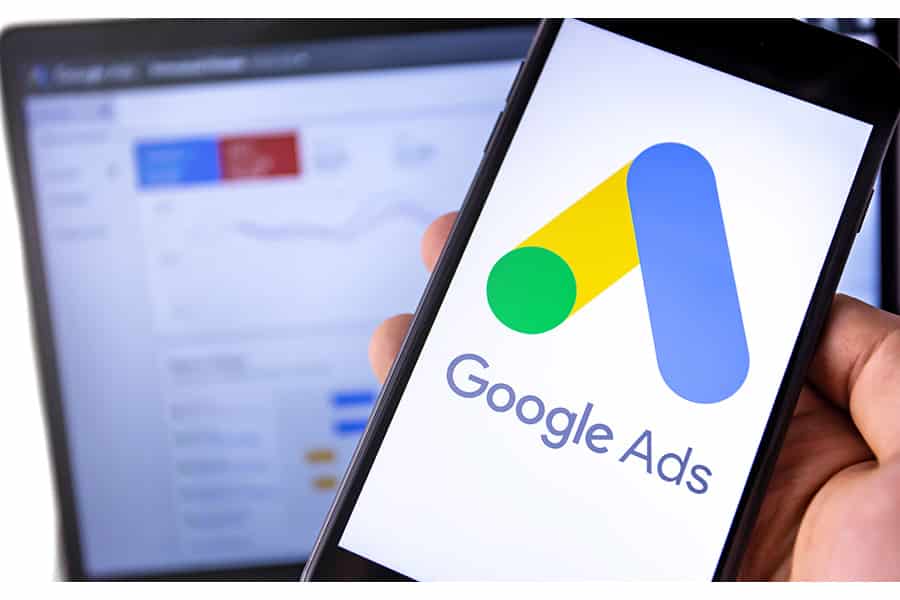Google’s remarkable success can be attributed to its ability to understand and take advantage of user intentionality.
By accurately interpreting users’ intentions, Google has been able to provide more relevant search results, making sure that users keep coming back for more. This is because Google understands the words on a page and the context and meaning behind those words. By doing this, it can provide more relevant search results than any other search engine.
This article will explore different types of search intent and how you can use Google Ads to reach new clients and grow your business.
Meet John, a small business owner who runs a plumbing company. After struggling to attract new customers, he decided to dive into understanding search intent and using Google Ads to target potential clients. Here’s how John tailored his marketing strategy to cater to the different types of search intent:
Informational Intent: John realized many homeowners searched for information on maintaining their plumbing systems and preventing common issues. He created high-quality, informative blog posts and guides on his website to cater to these users. Then, he used Google Ads to promote this content, targeting relevant keywords to guarantee his ads appeared when users searched for information related to plumbing maintenance or repair.
Navigational Intent: John wanted to capture more users searching for his company. He optimized his website for search engines and created Google Ads campaigns with his brand name. By making his website easy to search for, John got many new users looking for his company or a similar one. He even bid on his competitors’ brand names, attracting users who might be interested in his plumbing services.
Transactional Intent: John noticed that many users were ready to book a plumbing service when searching online. He created Google Ads campaigns with specific, action-oriented keywords like “emergency plumber” or “drain cleaning service.” He also changed his ad copy to show the benefits of his services and prompt response times. He used call-to-actions to encourage users to schedule a service.
Commercial Investigation Intent: John understood some users compared different plumbing companies before deciding. He created content to cater to these users, showcasing his unique selling points, such as customer testimonials, years of experience, and certifications. He used Google Ads to promote this content, targeting keywords related to plumbing service comparisons.
John’s Google Ads campaigns were more effective when he addressed different types of search intent. This led to better results and a more significant impact on his business. His plumbing company experienced increased service bookings and customer inquiries in just a few months, resulting in substantial business growth.
In conclusion, understanding and leveraging search intent is crucial for small businesses looking to attract new customers and experience growth.
You can create ads and content that fit different types of search intent to improve your marketing strategy and connection with customers.
As a digital marketing expert, I can help you understand and harness search intent to achieve lasting success.
Please reach out today to collaborate on improving your marketing strategies and maximizing search intent. Together, we can optimize your Google Ads campaigns, making sure your small business thrives and enjoys ongoing success.
- Unleashing the Power of YouTube FAQs: Cultivating Customer Loyalty - February 27, 2024
- How Audiences & Influencers Drive Your Online Success (Without Breaking the Bank) - February 14, 2024
- The Gentle Art of Selling Sans Fear: A Nod to FUD and Beyond - January 30, 2024

